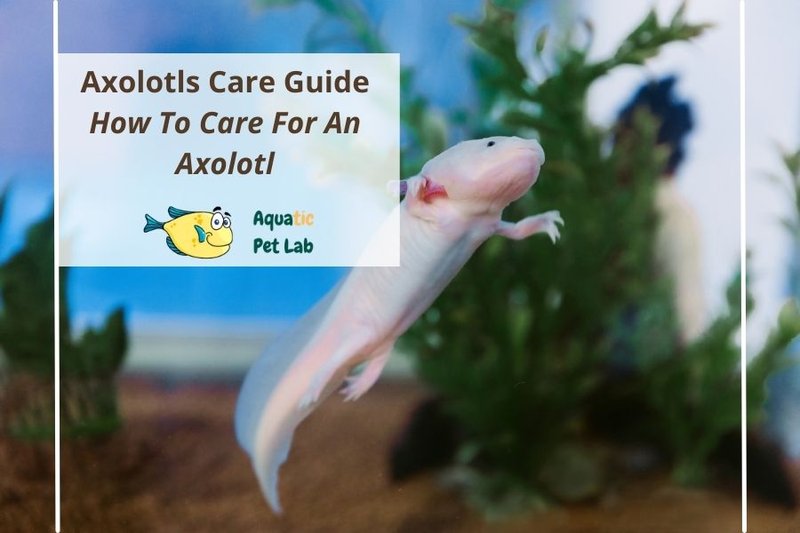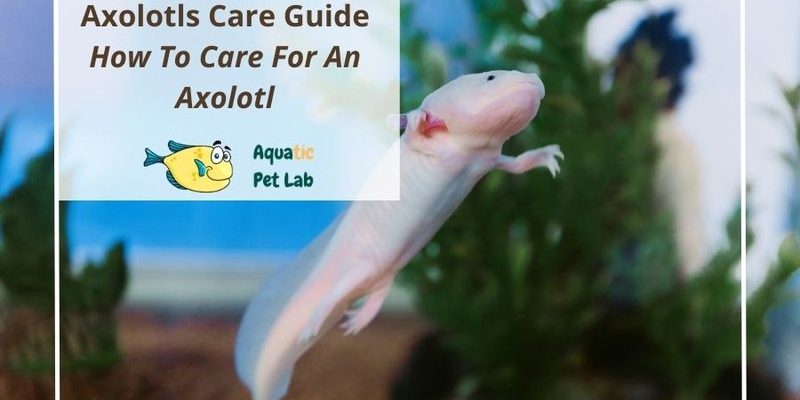
Think of axolotl care as a new adventure, like learning to ride a bike. At first, it may feel a bit wobbly and uncertain, but with the right guidance and practice, you’ll soon be cruising along. In this guide, we’ll walk through everything you need to know about creating the perfect environment for your axolotl, feeding them, and handling any challenges that come up along the way. So, grab a cup of coffee, sit back, and let’s dive into the wonderful world of axolotls!
Understanding Axolotls
Before jumping into care specifics, it’s vital to understand what an axolotl is. They’re not just any ordinary pet; they’re fascinating creatures that can regenerate lost body parts and have permanently juvenile features, a trait known as neoteny. Imagine a puppy that never grows up! Axolotls can grow up to 12 inches long and come in various colors, like wild type (dark brown), leucistic (white with pink tones), and golden albino. Each color adds a unique touch to their charm.
Their natural habitat is the Xochimilco lake complex in Mexico, which is crucial to think about for their care. In the wild, they prefer cooler, fresh waters with plenty of plants and hiding spots. What does this mean for you? Well, replicating an environment that closely mimics their natural surroundings is key to keeping them happy and healthy.
Setting Up the Perfect Habitat
Creating the right habitat for your axolotl doesn’t have to be intimidating! Start with an aquarium that holds at least 20 gallons of water. Larger tanks are always better because axolotls produce waste, and more water helps dilute it. It’s like having more space for your kids to play—fewer accidents happen when there’s room to roam.
When it comes to substrate, avoid gravel. Axolotls can accidentally swallow it, leading to health issues. Instead, consider using sand or just keeping the bottom bare. You can add some plants like Java fern or anubias to provide hiding spots and enrichment. Axolotls love to explore, and plants can mimic their natural habitat.
Temperature is another crucial aspect. Aim to keep the water between 60-68°F (15-20°C). Too warm, and your axolotl could become stressed or fall ill. It’s a good idea to invest in a water chiller if you live in a warmer climate. Just think of it as your axolotl’s air conditioning!
Water Quality Matters
Maintaining excellent water quality is one of the most critical aspects of axolotl care. These creatures are sensitive to their environment, and poor water quality can lead to serious health issues. You’ll want to perform regular water changes, aiming for about 20% every week. This helps keep toxins like ammonia and nitrate levels low.
Using a quality water conditioner when filling up the tank is a must. This step ensures that any harmful chemicals in tap water are neutralized. Test the water regularly with an aquarium test kit to track levels of ammonia, nitrites, and pH. Ideally, your pH should be somewhere between 6.5 and 7.5 for optimal health.
Honestly, it can feel overwhelming at first, but once you establish a routine, maintaining water quality becomes second nature. Consider it like checking your email—once you get into the habit, it’s quick and easy!
Feeding Your Axolotl
Now that you’ve set up a lovely habitat, it’s time to talk about feeding! Axolotls are carnivorous and have quite the appetite. It’s fascinating to watch them eat, as they often inhale their food! They can be fed a diet that includes earthworms, pellets specially made for axolotls, and even bloodworms.
What you choose to feed your axolotl can impact its health, so aim for variety. For example, using earthworms once or twice a week can provide great nutrition, while pellets can be a staple. Here’s a little tip: always ensure the food is size-appropriate. If it’s too big, your axolotl might have difficulty swallowing it!
You might be wondering how often to feed them. Generally, young axolotls should be fed every day, while adults can have a hearty meal every other day. Just keep an eye on their intake—overfeeding can lead to health issues. Remember, you’re their caregiver, so your job is to keep them happy and healthy!
Handling Your Axolotl
While axolotls are not traditional pets you can cuddle, handling them can still be part of your bonding experience. However, this should be approached with caution. If you do decide to handle your axolotl, make sure your hands are wet. Axolotls have delicate skin that absorbs chemicals easily, so this step helps protect them.
Keep handling to a minimum. Think of it like a first date—you want to get to know each other, but you don’t want to overwhelm them! If your axolotl seems stressed or is displaying signs of discomfort (like hiding or not eating), give them some space. It’s essential to respect their needs and boundaries.
When it comes to cleaning the tank or doing maintenance, consider using a net or a specially designed aquarium tool instead of your hands. This reduces the risk of harm and keeps your axolotl safe while you work on their home.
Common Health Issues
Like any pet, axolotls can face health problems. Being aware of potential issues can help you catch them early. One common concern is gill rot, often caused by poor water quality or stress. If you notice your axolotl’s gills looking frayed or discolored, it’s time to take action. Improving water conditions and consulting a vet specializing in aquatic animals can go a long way.
Another issue could be skin lesions. If your axolotl develops any unusual bumps or sores, it’s crucial to assess both tank conditions and diet. Sometimes, skin issues can arise from too little nutrition or the wrong environment. Think of it as a reflection of their living situation.
Keeping an eye on their behavior is also important. If your axolotl seems lethargic, refuses to eat, or frequently hangs at the top of the tank, these could be signals that something’s amiss. The best approach is to stay proactive and consult with an aquatic vet when in doubt.
Caring for an axolotl can be a delightful journey filled with wonder and discovery. With the right knowledge and a bit of patience, you can ensure your new friend lives a long and healthy life. Remember, setting up a proper habitat, maintaining water quality, feeding appropriately, and being mindful of their health are the keys to success.
It’s about creating a little world where your axolotl can thrive, just like following a recipe—every ingredient matters. So, as you enjoy this unique creature’s company, take pride in being a responsible caregiver. Before you know it, you’ll not only have a healthy axolotl but also a wonderful companion that brings a splash of joy to your life!

